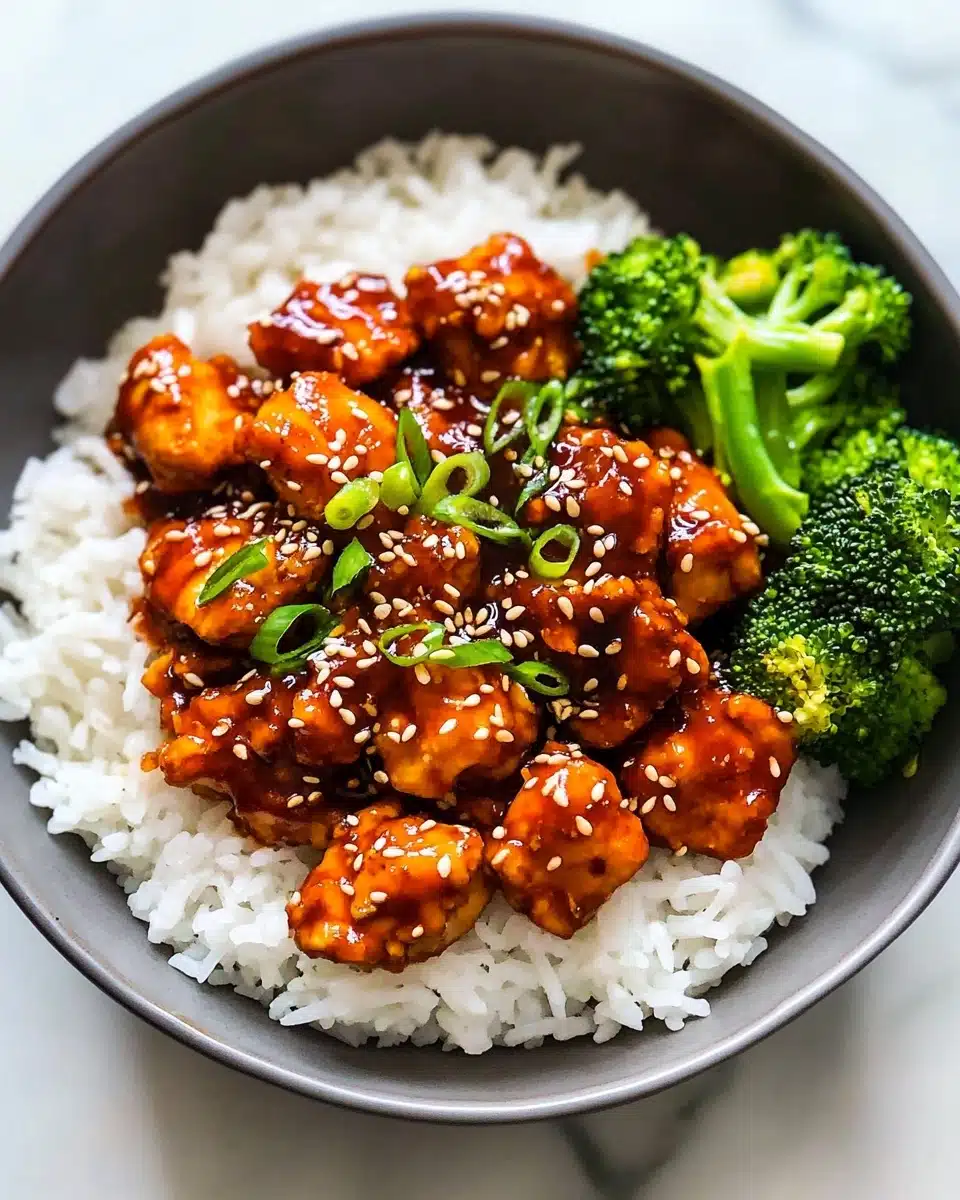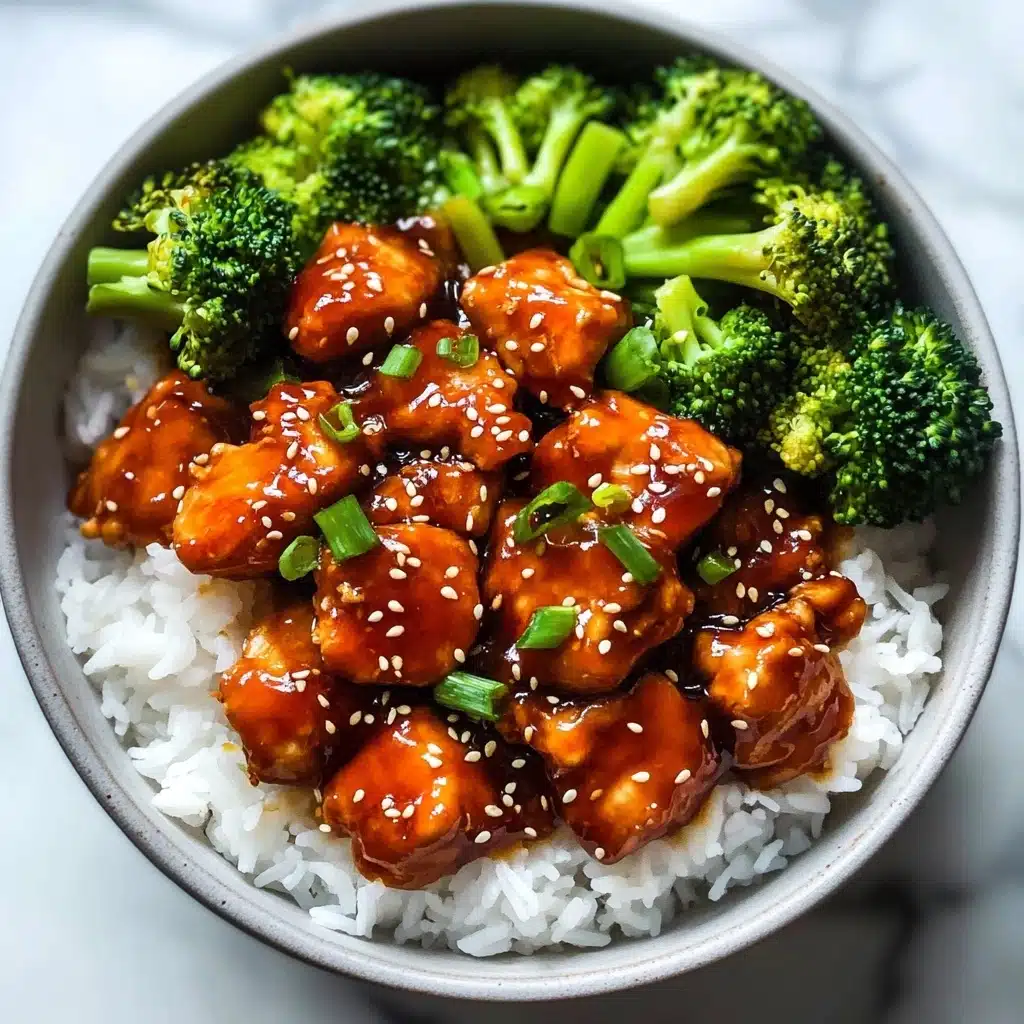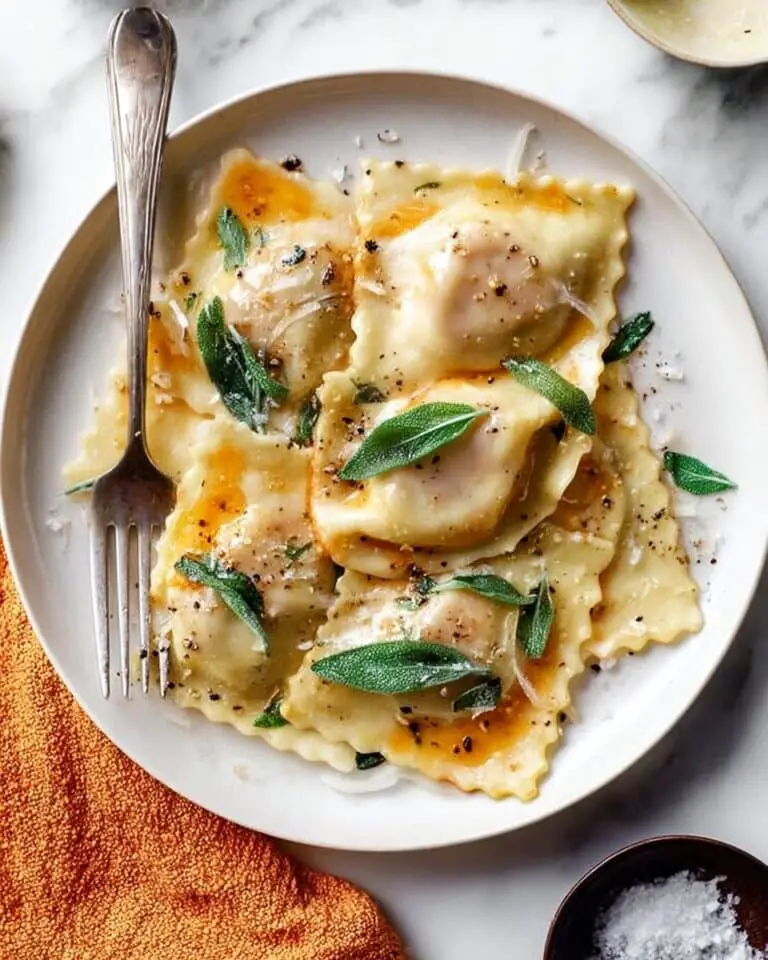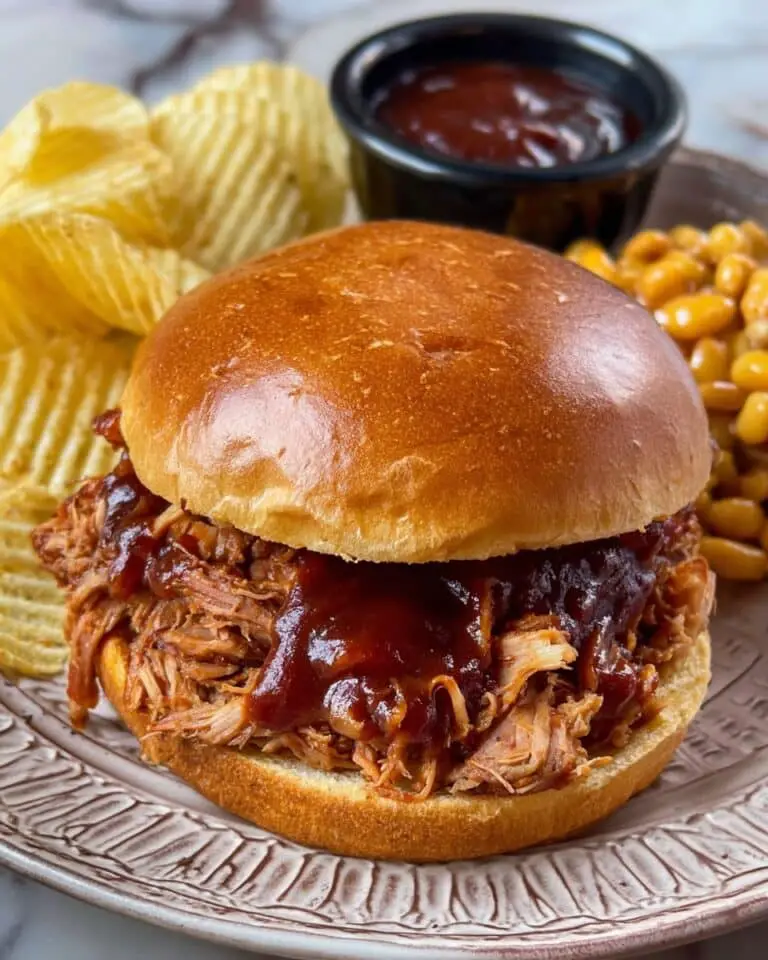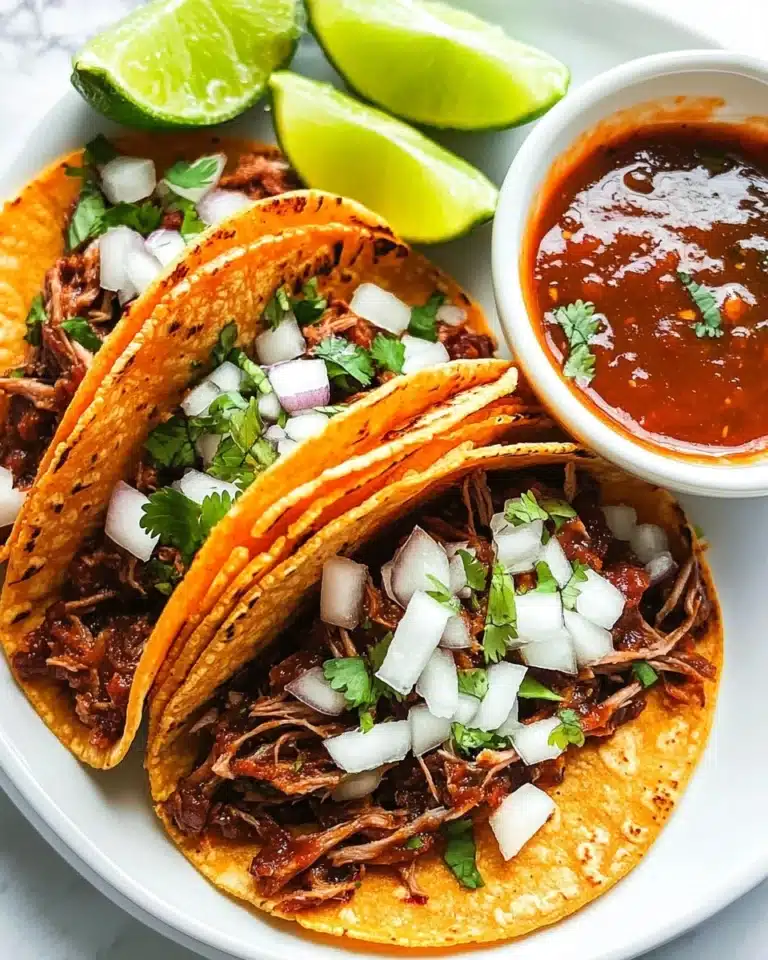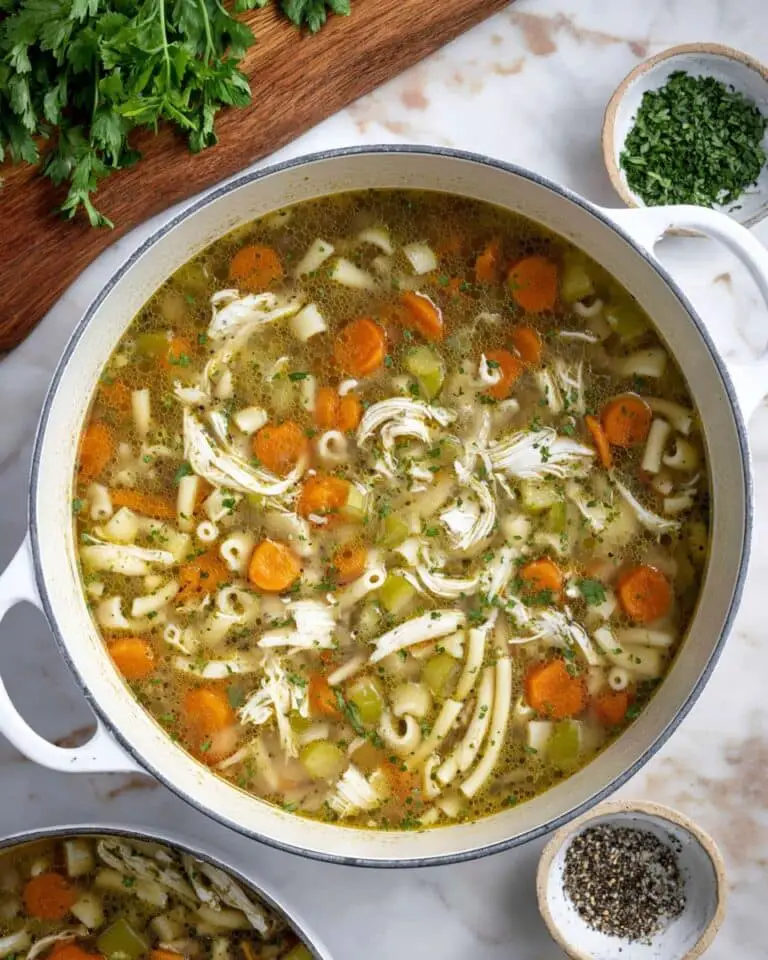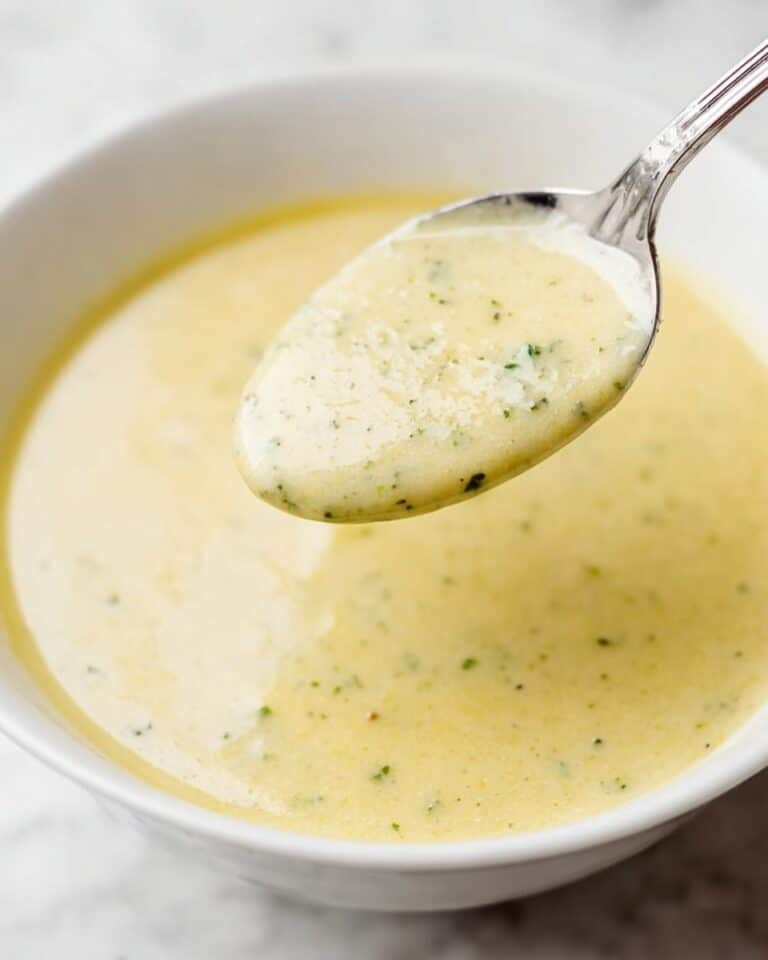If you’re on the hunt for a dish that’s bursting with flavor and can turn any dinner into a delicious adventure, look no further than the incredible Sticky Garlic Gochujang Chicken. This delightful recipe combines spicy, sweet, and savory in one irresistible package, making it a go-to favorite for both weeknight dinners and special occasions alike.
Why You’ll Love This Recipe
- Flavor Explosion: The combination of gochujang, garlic, and soy sauce delivers a unique flavor profile that’s both spicy and sweet.
- Quick and Easy: With a total time of just 30 minutes, you can enjoy gourmet-style chicken on a busy weeknight.
- Versatile Dish: Perfect alone or paired with rice and veggies, making it an adaptable dish for any meal setting.
- Crowd Pleaser: This dish’s balance of flavors is sure to impress any dinner guest or picky eater.
Ingredients You’ll Need
The beauty of Sticky Garlic Gochujang Chicken lies in its simple yet effective ingredient list. Each item plays a crucial role in developing the dish’s tantalizing taste and texture, from the succulent chicken to the vibrant gochujang sauce.
- Boneless, skinless chicken: Choose breasts or thighs for the juiciest result.
- Baking soda: This helps tenderize the chicken, ensuring a melt-in-your-mouth experience.
- Gochujang paste: Adds the distinctive Korean spicy-sweet flavor to the dish.
- Low sodium soy sauce: Provides depth and umami, while being mindful of sodium intake.
- Avocado oil: Ideal for its high smoke point, perfect for frying the chicken to golden perfection.
- Honey: Balances out the spiciness with its natural sweetness.
- Sesame oil: Adds a rich, nutty aroma that elevates the dish.
- Rice vinegar: Brings a touch of acidity to brighten the overall flavor.
- Garlic: Infuses the chicken with its pungent and aromatic notes.
- Green onions + toasted sesame seeds: These garnishes add color and texture, providing the final touch.
Variations
One of the joys of cooking at home is adapting recipes to suit your own preferences or dietary needs. This Sticky Garlic Gochujang Chicken is no exception—there are plenty of ways to adjust it to meet your tastes without compromising on flavor.
- Pescatarian Version: Swap the chicken for firm tofu or shrimp for an equally delicious alternative.
- Less Spicy: If you prefer a milder dish, reduce the amount of gochujang paste or replace it with a smaller quantity of sweet chili sauce.
- Extra Veggie Boost: Add bell peppers or broccoli to the skillet for a pop of color and added nutrition.
How to Make Sticky Garlic Gochujang Chicken
Step 1: Velvet the Chicken
Begin by cutting your chicken into small, ¾ inch pieces. In a bowl, mix baking soda, kosher salt, sugar, white pepper, sesame oil, and a tablespoon of soy sauce with water. Stir until the baking soda dissolves, then coat the chicken and let it marinate for about 10 minutes. This velveting technique tenderizes the chicken to create that desired softness and succulent flavor.
Step 2: Toss and Coat
After marinating, sprinkle the chicken with cornstarch and stir until each piece is uniformly coated. Cornstarch acts as a light breading, contributing to that crispy exterior when fried.
Step 3: Prepare the Sauce
In a separate container, blend together the remaining soy sauce, honey, gochujang paste, and rice vinegar. Use a whisk for a consistent and well-blended sauce. This will form the flavorful glaze for your chicken.
Step 4: Fry the Chicken
Heat avocado oil in a deep skillet over medium-high heat and fry the chicken in two batches. Let the first half cook undisturbed before flipping, ensuring each side gets a golden crisp, then remove and repeat with the remaining pieces. This ensures an even and delicious browning on all pieces.
Step 5: Sauté and Combine
Drop the heat to medium-low and allow your pan to cool slightly before adding a drizzle of oil and garlic for sautéing. Increase the temperature to high once more and pour in your prepared sauce. Once bubbling, return the chicken to the pan and toss until the pieces are fully coated under that gleaming, sticky sauce.
Pro Tips for Making Sticky Garlic Gochujang Chicken
- Perfect Chicken Texture: Allow the chicken to marinate fully to ensure tenderness.
- Sauce Consistency: Stir the sauce regularly as it heats to avoid separation and maintain a smooth coating.
- Time Your Cooking: Avoid rushing the frying process for perfectly golden, crispy edges.
- Spice Level: Adjust the gochujang to match your desired heat; more for spicy enthusiasts, less for milder taste.
How to Serve Sticky Garlic Gochujang Chicken
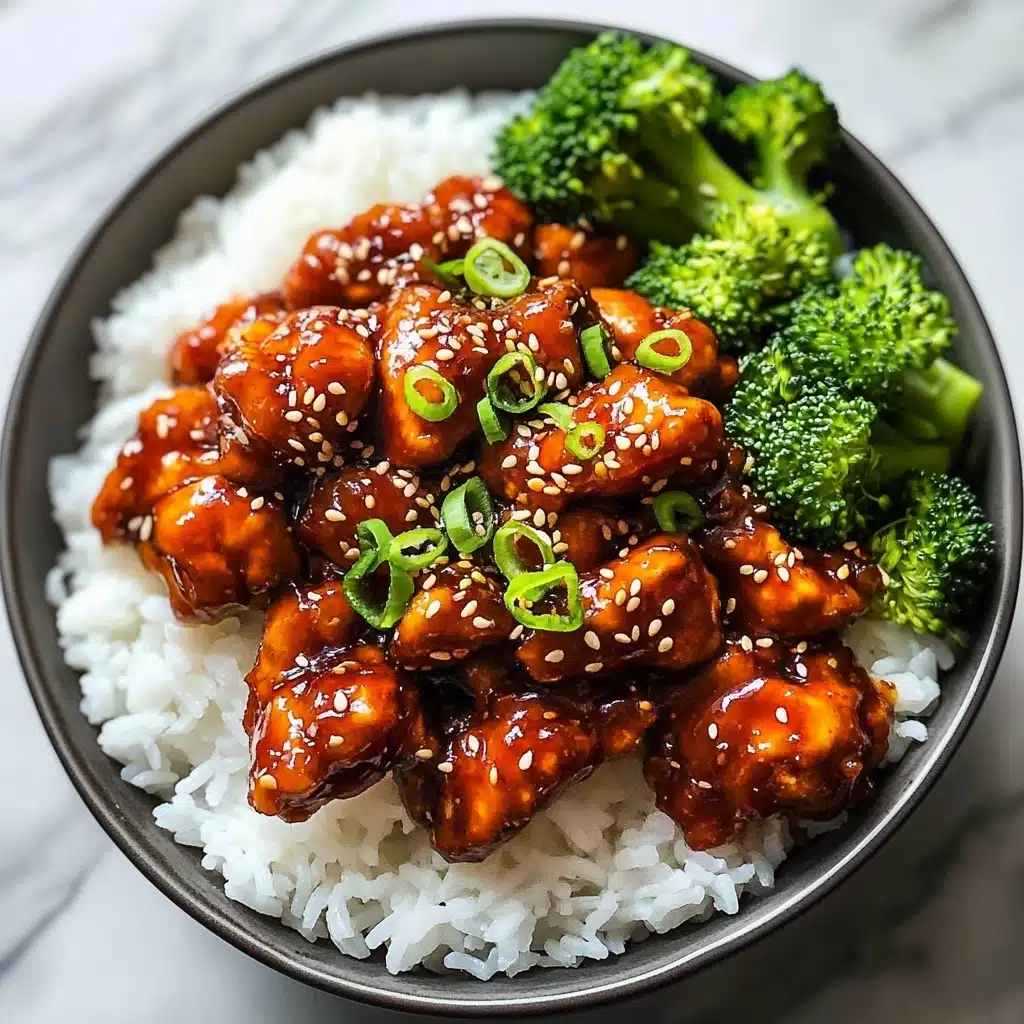
Garnishes
Finish off your dish by sprinkling green onions and toasted sesame seeds on top. These garnishes add freshness and crunch, making every bite exciting and balanced.
Side Dishes
Enjoy your Sticky Garlic Gochujang Chicken over a bed of fluffy white or jasmine rice. Complement it with steamed veggies like broccoli or bok choy for a complete, refreshing meal.
Creative Ways to Present
Serve the chicken on a large platter and sprinkle garnishes just before presentation for a family-style meal, or offer individual bowls for a personalized touch. Either way, it’s sure to be a visual and flavorful centerpiece.
Make Ahead and Storage
Storing Leftovers
Leftovers can be stored in an airtight container for up to three days in the refrigerator, making for easy lunches or dinners later in the week.
Freezing
For longer storage, freeze cooked chicken in a freezer-safe container. Thaw it in the refrigerator overnight before reheating. This allows the flavors to meld beautifully over time.
Reheating
Reheat in a skillet over medium heat until warmed through, adding a dash of soy sauce or a teaspoon of water to revive the sauce’s stickiness.
FAQs
-
Can I use chicken with skin for this recipe?
Yes, you can use chicken with skin, but it may alter the texture slightly. The skin will add more fat and help to keep the chicken juicy while frying.
-
How do I make the dish less spicy?
To reduce the spice, decrease the amount of gochujang paste or replace it with a more mild sauce like hoisin. You can also adjust the honey for added sweetness to counteract the heat.
-
What if I can’t find gochujang?
If gochujang is hard to find, a combination of red chili paste and a little bit of sugar makes a good substitute. It won’t have the exact flavor but will maintain the essence of the dish.
-
Is there a vegetarian version of this recipe?
Absolutely! Tofu or tempeh can be marinated and cooked similarly, offering a delicious plant-based alternative. Keep the sauce preparation the same to maintain that signature flavor.
Final Thoughts
Sticky Garlic Gochujang Chicken is a delightful blend of flavors that’s as enjoyable to cook as it is to eat. I can’t wait for you to give it a try and share with friends and family. Let this recipe be your way of bringing a spicy, sweet touch to meals at home!
Print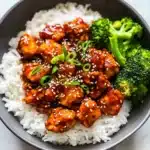
Sticky Garlic Gochujang Chicken Recipe
- Prep Time: 10 minutes
- Cook Time: 10 minutes
- Total Time: 30 minutes
- Yield: Serves 4-5
- Category: Main Course
- Method: Frying
- Cuisine: Korean-inspired
Description
A flavorful and sticky Korean-inspired chicken dish with garlic, gochujang, and sesame for a perfect balance of spicy, sweet, and savory flavors. Crispy on the outside and tender inside, it’s an easy, quick meal to impress your family or guests, served best over rice and steamed vegetables.
Ingredients
For the Chicken
- 1 1/4 pounds boneless, skinless chicken (breasts, thighs, tenders, etc.)
- 1/4 teaspoon baking soda
- 1 teaspoon granulated sugar
- 1/2 teaspoon white pepper
- 2 teaspoon toasted sesame oil
- 3 tablespoons low sodium soy sauce, divided
- 3 tablespoons cornstarch
- 3 tablespoons avocado oil
For the Sauce
- 1/4 cup honey
- 2 tablespoon gochujang paste (or more to taste)
- 1 tablespoon rice vinegar
- 5 cloves garlic, minced
For Garnish
- Green onions, sliced
- Toasted sesame seeds
Instructions
- Velvet the Chicken: Cut the chicken into small, ¾ inch pieces. In a bowl, combine 1 tablespoon water, baking soda, ½ teaspoon kosher salt, sugar, white pepper, sesame oil, and 1 tablespoon soy sauce. Stir well until the baking soda dissolves. Add the chicken, stir to coat, and let sit for 10 minutes to tenderize.
- Toss the Chicken: Add the cornstarch to the bowl and stir to coat all chicken pieces evenly. This will create a crispy exterior when cooked.
- Prepare the Sauce: In a measuring cup or bowl, whisk together 2 tablespoons soy sauce, honey, gochujang paste, and rice vinegar until smooth. Set aside.
- Fry the Chicken: Heat 2 tablespoons of avocado oil in a deep skillet over medium-high heat. Add half of the chicken and cook undisturbed for 2-3 minutes, then flip and cook for another 2-4 minutes until golden and cooked through. Remove to a plate. Repeat with remaining chicken, adding more oil if needed.
- Make the Sauce and Coat the Chicken: Reduce heat to medium-low and let the skillet cool for 2 minutes. Add a small drizzle of oil and sauté the minced garlic until fragrant. Increase heat to high, pour in the sauce, and let it bubble. Add the cooked chicken back into the skillet and toss quickly to coat all pieces with the sauce. Remove from heat.
- Garnish and Serve: Top with sliced green onions and toasted sesame seeds. Serve hot over fluffy rice with steamed vegetables for a complete meal.
Notes
- Adjust the amount of gochujang to control spiciness according to your preference.
- Using equal parts chicken thighs or breasts will yield similar results, but thighs will be juicier.
- Ensure the oil is hot enough before frying to achieve crispy chicken.
- For an extra glaze, add a little more honey or gochujang to the sauce.
- Leftovers can be stored in an airtight container in the fridge for up to 2 days and reheated in a skillet.
Nutrition
- Serving Size: 1 cup (about 200g)
- Calories: 450 kcal
- Sugar: 15 g
- Sodium: 900 mg
- Fat: 20 g
- Saturated Fat: 3 g
- Unsaturated Fat: 17 g
- Trans Fat: 0 g
- Carbohydrates: 55 g
- Fiber: 2 g
- Protein: 25 g
- Cholesterol: 70 mg

